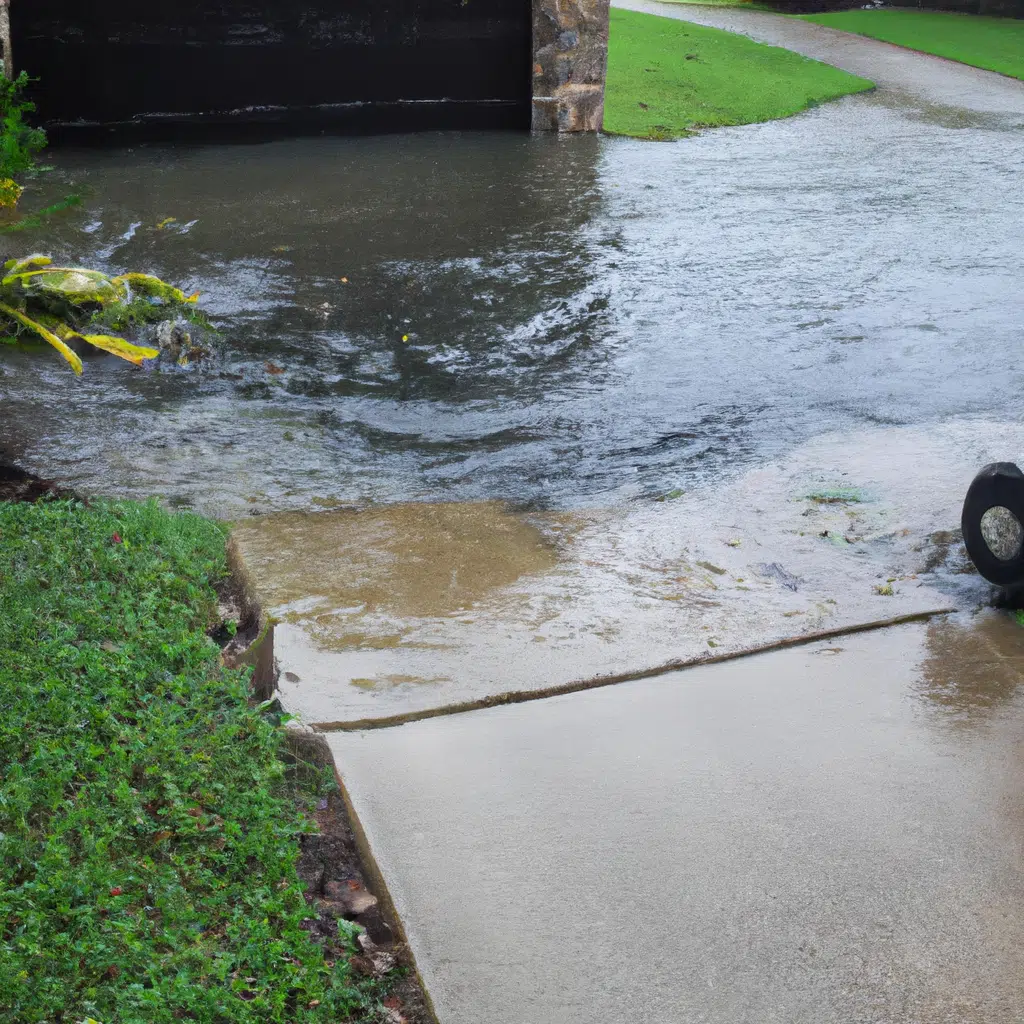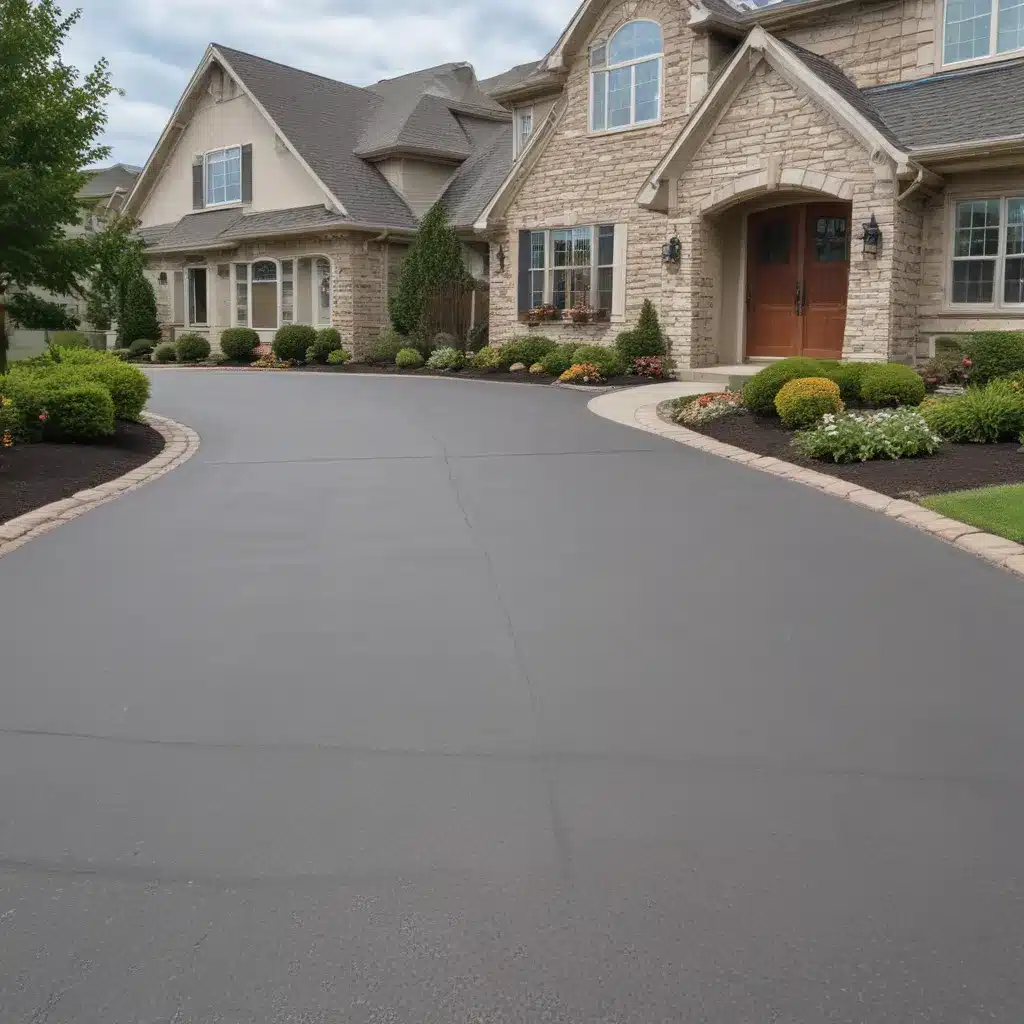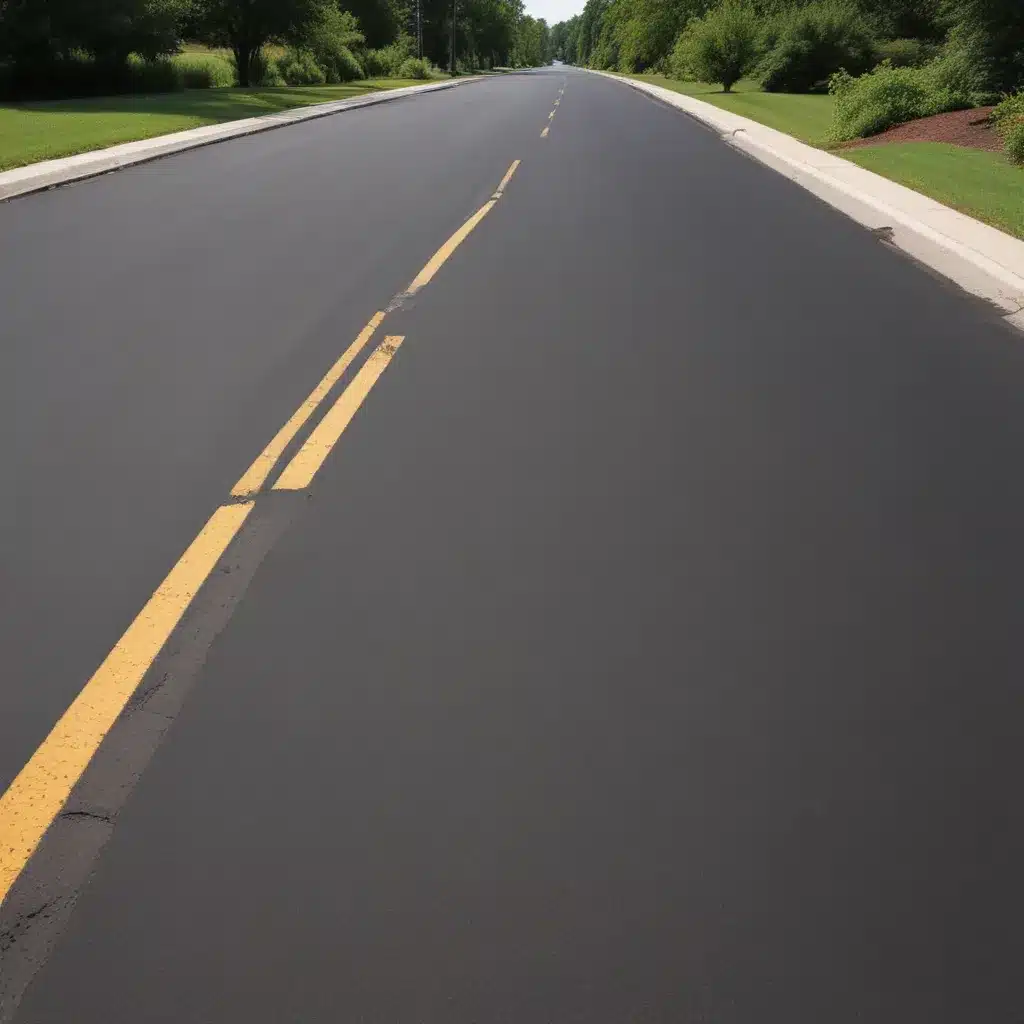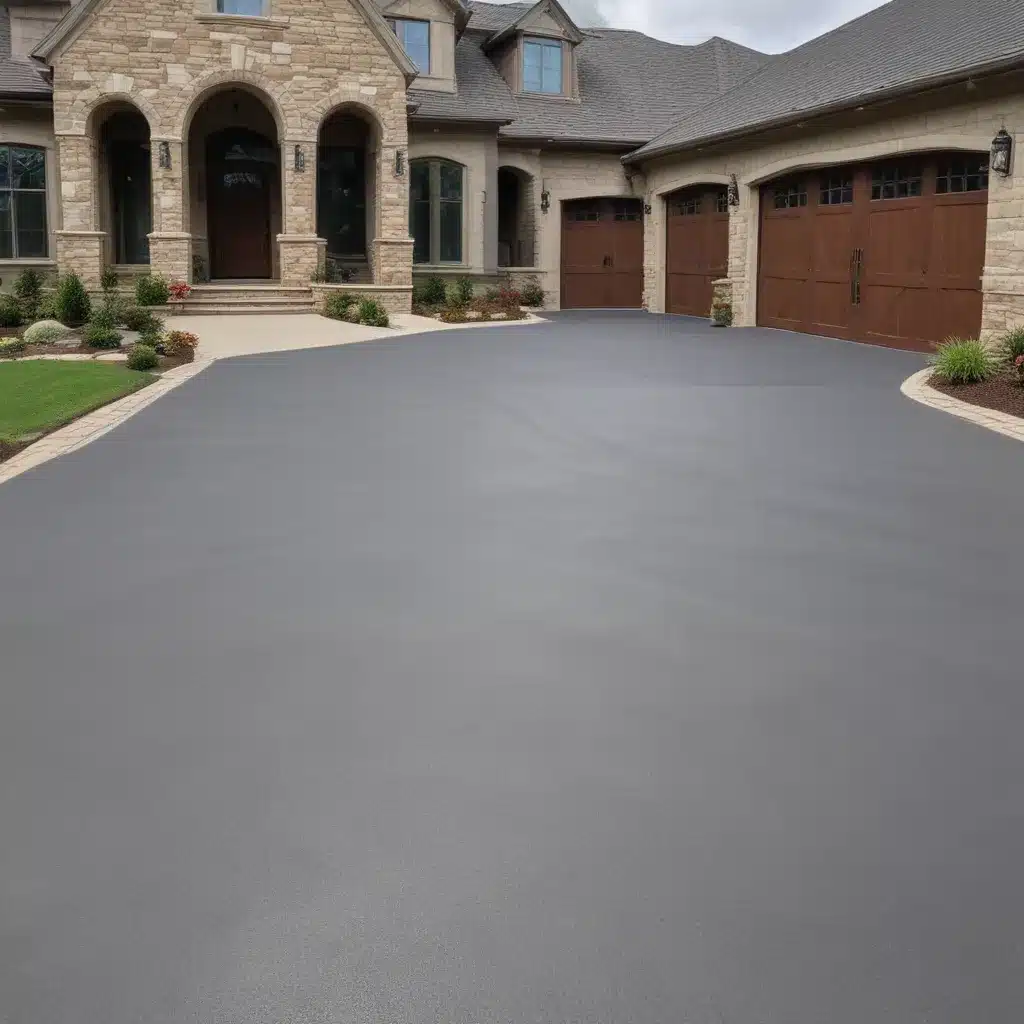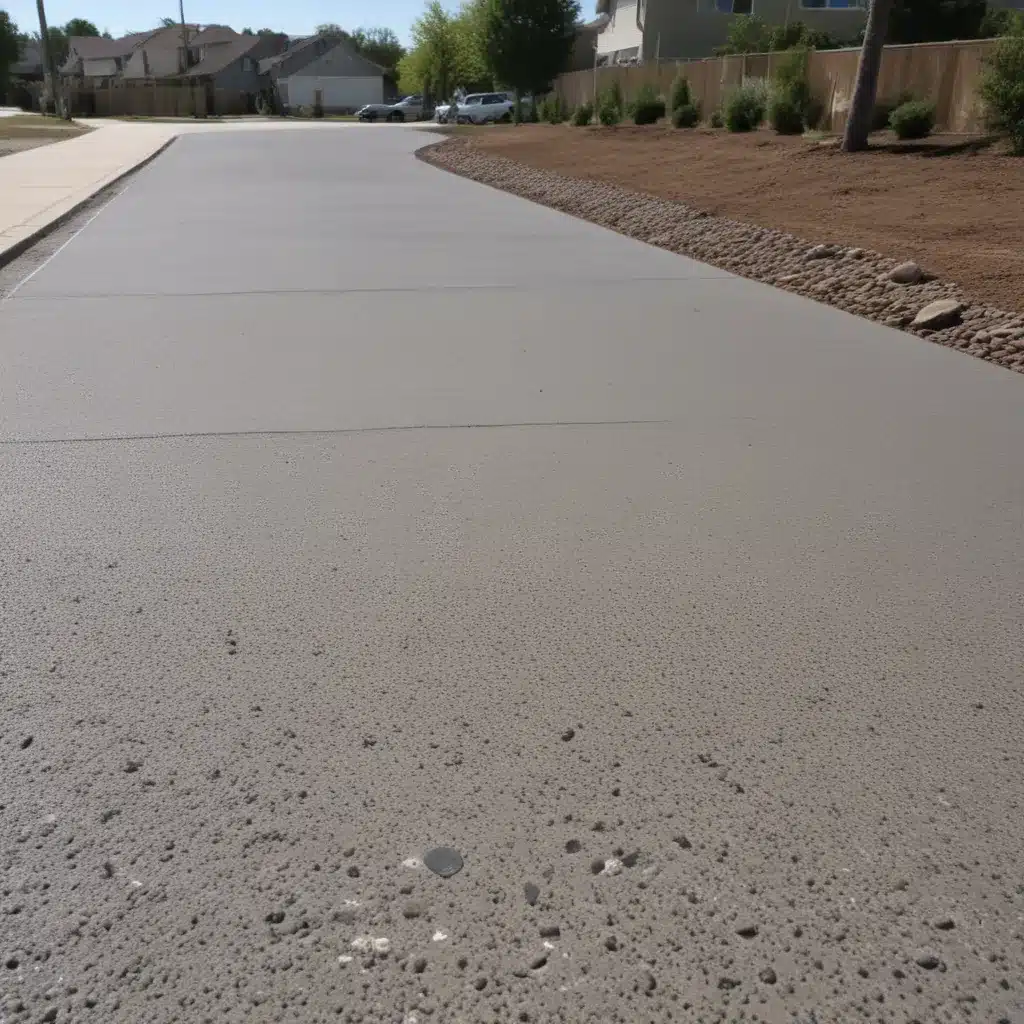Welcome to our comprehensive guide on choosing the right submersible pump to bid farewell to driveway flooding. If you’ve ever experienced the frustration of a waterlogged driveway during heavy rains or faced the inconvenience of stagnant water, you know how crucial it is to find the perfect solution. In this article, we will walk you through everything you need to know about submersible pumps, from understanding their functionality to selecting the right one for your specific needs. Let’s dive in!
Understanding Submersible Pumps
Submersible pumps are powerful devices designed to move water from one place to another. Unlike traditional pumps that operate above ground, submersible pumps are fully submerged in water, making them highly efficient in draining flooded areas. These pumps are commonly used in various applications, including residential, commercial, and industrial settings.
The Benefits of Submersible Pumps
- Efficiency: Submersible pumps are renowned for their high energy efficiency. By being placed directly in the water, they eliminate the need for long suction pipes and reduce energy consumption.
- Durability: Built to withstand challenging environments, submersible pumps are constructed with sturdy materials that resist corrosion and damage. This ensures long-lasting performance and reduces the need for frequent maintenance.
- Quiet Operation: Submersible pumps operate silently due to their submerged nature, making them ideal for both indoor and outdoor use. Say goodbye to the noise pollution caused by traditional pumps!
- Versatility: These pumps can handle various types of liquids, including clean water, wastewater, and even solids in some cases. They are available in different sizes and capacities to suit diverse applications.
Choosing the Right Submersible Pump
Now that we have a basic understanding of submersible pumps, let’s explore the essential factors to consider when selecting the perfect pump for your needs.
1. Determine the Pump Type
There are different types of submersible pumps available, each catering to specific requirements. Consider the following pump types:
- Utility Pump: Ideal for small-scale tasks, such as draining water from basements or removing accumulated water in tight spaces.
- Sump Pump: Specifically designed for residential use, sump pumps efficiently remove water from basements and crawlspaces, protecting your property from water damage.
- Effluent Pump: Commonly used in septic systems, effluent pumps handle liquid waste and are suitable for applications where solids may be present.
- Dewatering Pump: Perfect for larger-scale projects, dewatering pumps are capable of handling high volumes of water, making them ideal for construction sites or areas prone to flooding.
2. Consider the Pump Specifications
To ensure the submersible pump meets your specific requirements, pay attention to the following specifications:
- Flow Rate: This refers to the amount of water the pump can move within a given time frame. Ensure the pump’s flow rate matches your needs to effectively drain the water.
- Head Pressure: Head pressure is the maximum height the pump can lift water. Consider the elevation difference between the pump’s location and the outlet point to determine the appropriate head pressure.
- Motor Power: The motor power determines the pump’s overall performance. Higher horsepower pumps are capable of handling more demanding applications.
3. Evaluate the Pump’s Build Quality
To ensure long-term reliability and durability, it’s crucial to assess the build quality of the submersible pump. Look for the following features:
- Materials: Opt for pumps constructed with high-quality materials such as stainless steel or cast iron, as they offer superior resistance to corrosion and damage.
- Sealing: Check if the pump has effective sealing mechanisms to prevent water from entering critical components, prolonging the pump’s lifespan.
- Overload Protection: Consider pumps equipped with overload protection features to prevent motor burnout in case of power fluctuations or blockages.
4. Assess Power Consumption
Energy efficiency is a vital aspect to consider when selecting any electrical device, and submersible pumps are no exception. Look for pumps with energy-efficient motors and consider factors such as voltage requirements and power consumption to minimize running costs.
5. Seek Professional Advice
If you are unsure about the right submersible pump for your specific needs, it is always advisable to consult with professionals. Reach out to experts in the field who can provide valuable insights and guide you towards making an informed decision.
Conclusion
In conclusion, selecting the right submersible pump is crucial to effectively combat driveway flooding and ensure the smooth drainage of water. By understanding the different types of submersible pumps available, considering vital specifications, evaluating build quality, assessing power consumption, and seeking professional advice when needed, you can make an informed decision that solves your specific water drainage needs. Say goodbye to driveway flooding and embrace a dry and hassle-free environment with the perfect submersible pump!

